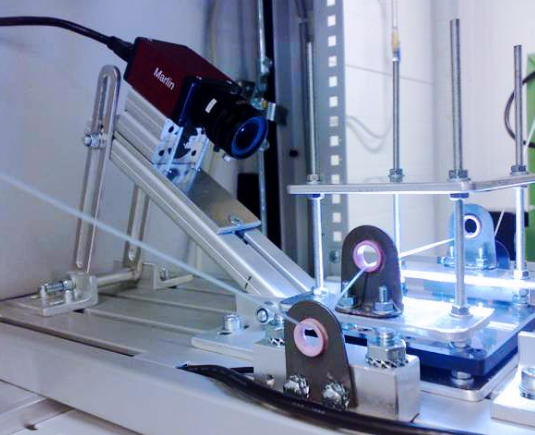小优智能科技有限公司成立于2015年底,是一家专注于高精度3D机器视觉模组研发、生产及销售的高科技企业。
公司自主研发的3D机器视觉模组采用激光/DLP白光编码光栅结构光+双工业相机方案,还原物体三维信息,广泛应用于消费电子领域、工业领域和安防领域,具有精度高、速度快、成本低的优势。
The light source is one of the important components in the machine vision system. A suitable light source is a necessary condition for the normal operation of the machine vision system. Therefore, the choice of machine vision system light source is very important. The purpose of using the light source is to separate the measured object and the background as clearly as possible to obtain a high-quality, high-contrast image; ‘freeze’ the moving object on the image; enhance the edge definition of the target to be measured; eliminate shadows; There are three major technologies of machine vision, namely image acquisition technology, processing technology, and motion control technology, and image acquisition technology cannot be separated from the light source. The choice of light source and its performance directly affect the success or failure of the system, and affect the processing accuracy and speed. Therefore, the light source plays an important role in the machine vision system. When choosing a light source for a machine vision system, it is basically necessary to consider factors such as brightness, light source position, surface texture and shape, robustness, color, etc. Only when the light source meets the requirements for these factors in production management or quality inspection can it be obtained Clear image data, as accurate data information for the staff to use. Therefore, these factors to be considered when choosing a light source can be said to be basic factors, and are the basis for judging whether the light source is available. However, there are many types of machine vision system light sources. To achieve better results, it is necessary to select the appropriate type on the basis of ensuring availability.
For the light source, the following 6 elements can be used to judge the quality of the light source:
1. Contrast is very important for machine vision. The important task of lighting for machine vision applications is to create a large contrast between the features that need to be observed and the features of the image that need to be ignored, so as to facilitate the distinction of features. Contrast is defined as the difference in gray levels between the feature and the surrounding area. Good lighting should ensure that the features to be detected stand out from other backgrounds.
2. Robustness is a good adaptation to the environment. A good light source needs to have the same effect in practice as it does in the laboratory.
3. When choosing two light sources, the better choice is to choose the brighter one. If the brightness of the light source is not enough, the aperture must be increased, which reduces the depth of field.
4. Uniformity is a very important technical parameter of the light source. The light source with good uniformity makes the system work stably.
5. Maintainability mainly means that the light source is easy to install and replace.
6. The brightness of the light source is not easy to decay too fast, which will affect the stability of the system and increase the cost of maintenance. The brightness of a lamp with large heat decays quickly, and the life of the light source will also be greatly affected.
